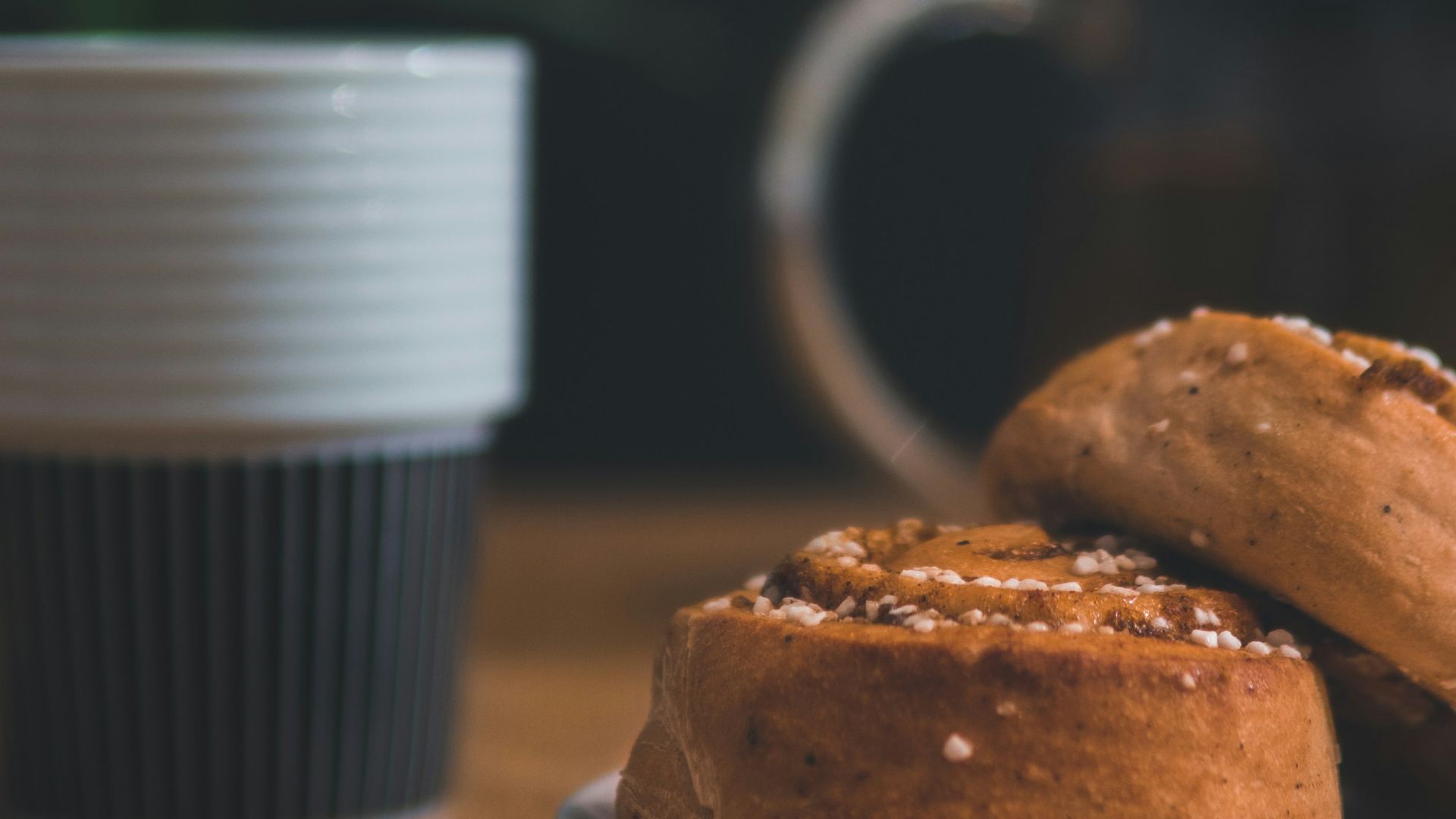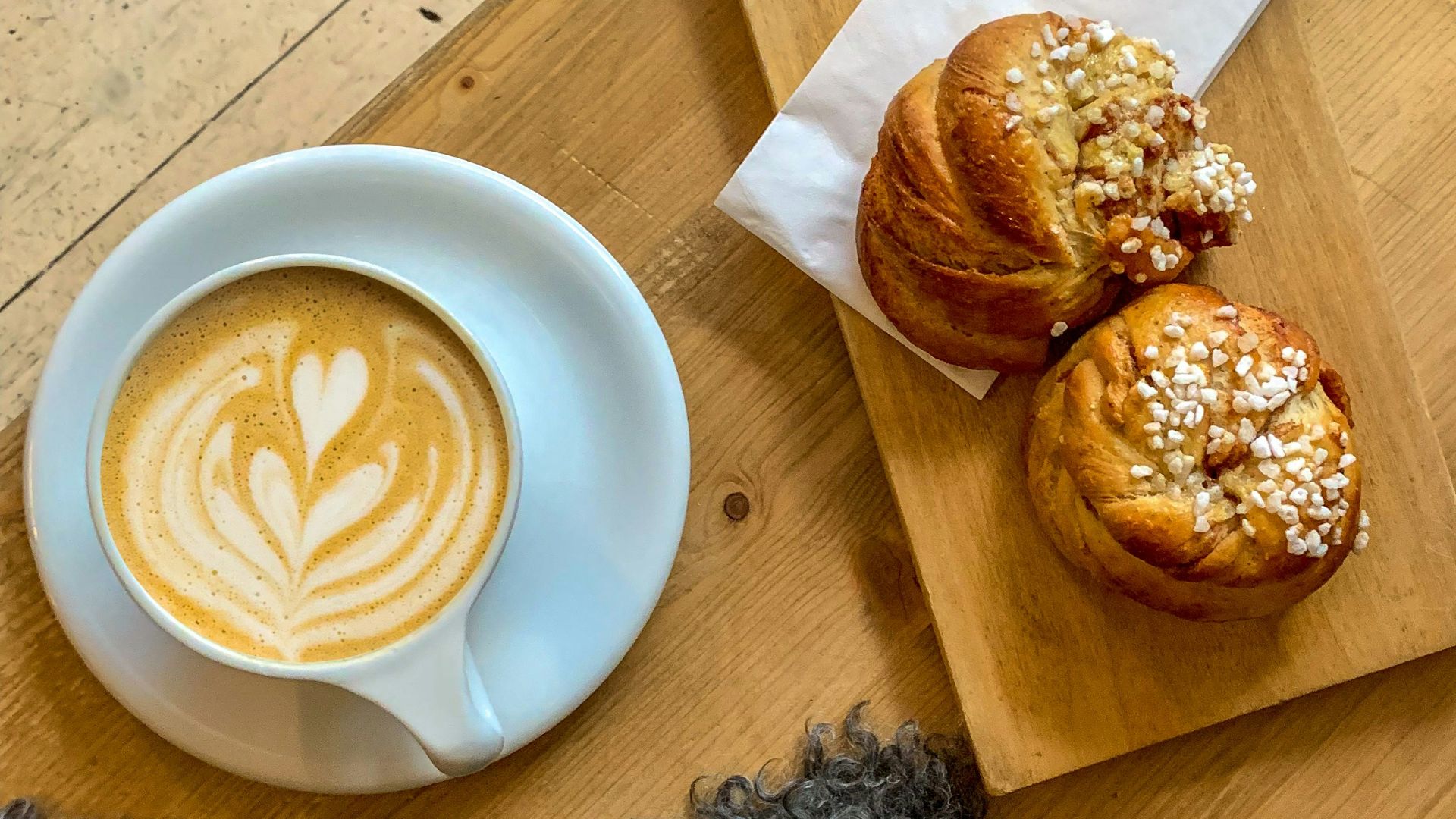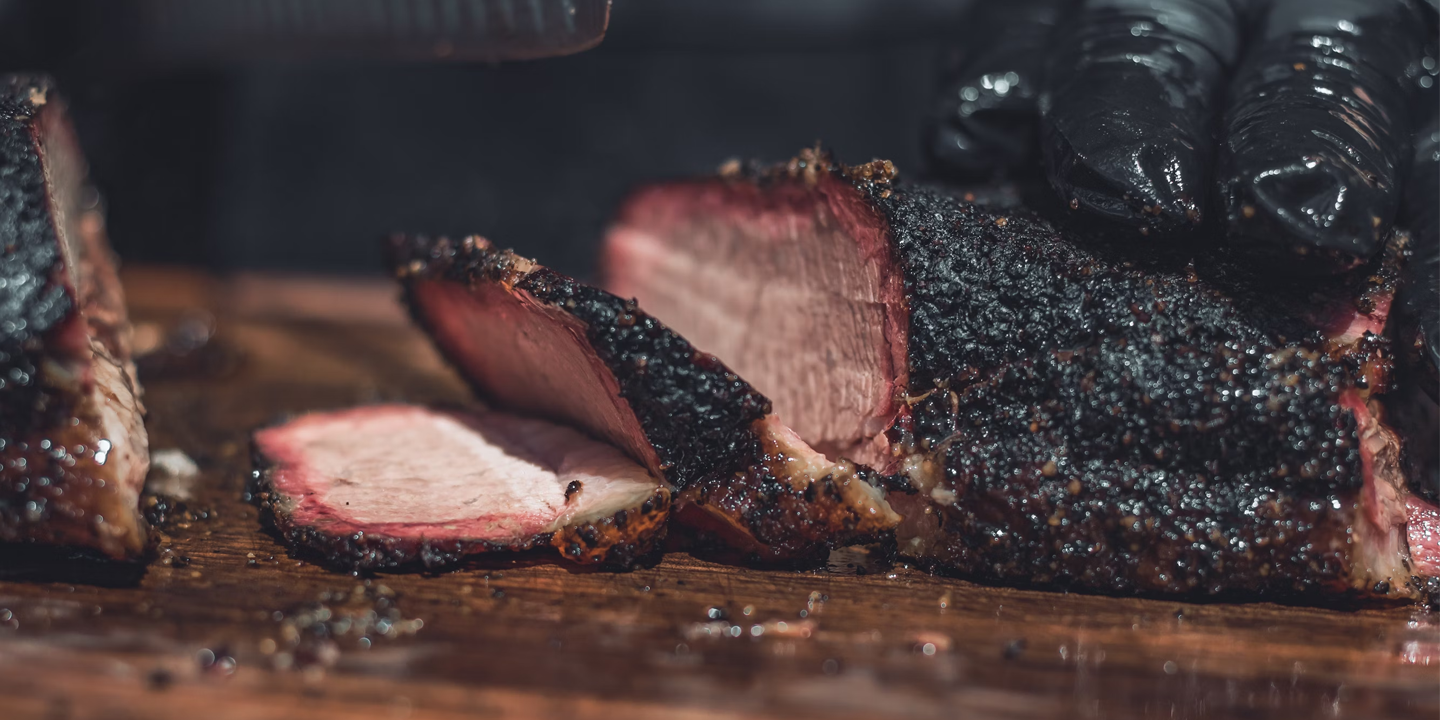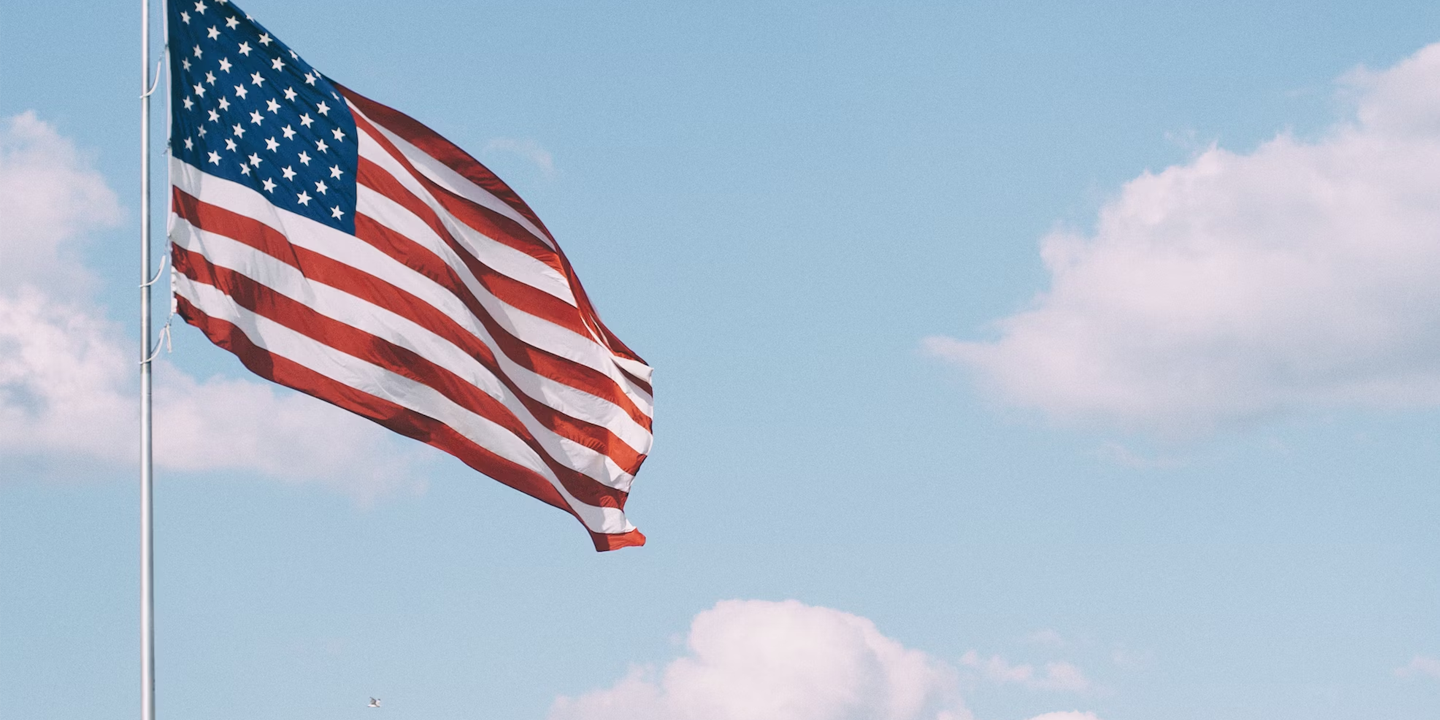Sweden regularly ranks among the top five happiest countries in the world. This year, it came in at number four, behind Finland, Denmark, and Iceland. One thing these countries have in common is long and unforgiving winters; another is that they know the importance of having a little treat.
Could afternoon coffee breaks be the secret to Swedish happiness?
Fika is deceptively simple on the surface, a few minutes out of your day for coffee and cake. While Afternoon Tea was developed to feed peckish duchesses with ornate goodies, Fika strips the ritual down to its bare essentials. You don't need fancy pastries or place settings; you just need coffee, cake, and conversation.
Coffee was introduced to Sweden in the 18th century. Almost immediately, they took to it like a viking ship to water. In fact, Sweden is one of the top coffee consumers in the world, with the average Swede drinking 22 pounds of coffee annually.
Popular Fika Treats
The warmth of coffee is definitely a contributing factor to coffee culture in Nordic countries, but coffee's only part of the fika ritual. The second-most important part of fika is something sweet. Swedes have a notorious sweet tooth, and you won't have to look far for delicious bakeries and cafés
The most popular sweet treat to pair with your coffee is a cinnamon roll or kanelbulle. Kanelbullar are typically twisted into knots rather than rolled, and are topped with pearl sugar. If this treat is a little too sweet for you, cardamom buns are seen as a more "grown-up" alternative.
Another dessert you're likely to see is princess cake aka prinsesstårta. Considered the country's national cake, this green marzipan delight recently blew up on American TikTok. Cut yourself a slice and you'll be rewarded with sponge cake and pastry cream.
Encouraging Mindfulness
But, wait, is fika just about satisfying your sweet tooth? We're so glad you asked! Help yourself to a cup and pull up a chair.
In short: no.
Rather than grab a coffee and pastry for your morning commute, fika encourages you to slow down. It isn't just about the quality of the coffee and cake, but the act of savoring it. As life gets faster and faster, we find ourselves with fewer opportunities to be present in this world.
You can't rush fika, and you can't spend it on your phone either. Doing so would counteract fika's restortative qualities. While you can fika alone, it's much better spent with other people.
Fika is so ingrained in Swedish culture that many workplaces incorporate it into daily schedules. Sometimes, there are even two fika breaks in mid-morning and afternoon. We shudder to imagine how grizzly a Swede gets when they're denied their daily fika.
Fika In The Workplace
Fika is used as both a verb and a noun in Swedish. You can have a fika or you can go for a fika. However, the most important thing is that you share it with someone else.
In incorporating fika, Swedish workplaces create an environment that encourages mindfulness and inter-personal relationships. It also reminds workers that they are not machines, and must take breaks to maintain their mental health. Fika also fosters inclusivity, as everyone who participates in fika is encouraged to bring a treat.
Compare this to American water cooler talk. Regurgitated babble about the big game, mindless commentary on the weather, nothing that probes deeper or takes more than a minute out of your work time.
Perhaps fika has something in common with another Nordic tradition: Danish hygge. While hygge focuses on the preparation of food rather than the consumption of it, both encourage people to slow down and savor both their meal and their company. Maybe that's the secret to happiness.











